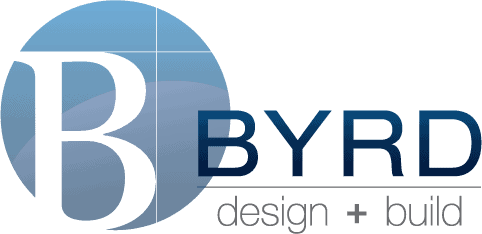Home renovations are the perfect way to customize a home with “good bones” to your own design preferences. It’s also a a great way to increase your home’s value, and build equity. When embarking on this exciting (and sometimes stressful) journey, expect there to be surprises. Homeowners should expect to set aside 10-15% of the total project cost as an emergency fund to deal with these unforeseen situations or design upgrades. By minimizing the following, you can stay on budget, and on time and reap all of the benefits of your newly renovated dream home.
1. Structural damage and code violations
Removing walls is a very common request by homeowners. Open floor plans are very desirable but come with a cost. Make sure you consider load bearing walls and how your home will best be played out. Some fixes are a matter of safety and cannot be ignored. While they may not be the pretty fixes, they are of utmost importance. A cracked foundation is scary!
You may also find that your older home needs to be brought up to modern-day codes. Electricians, plumbers, and an HVAC pro should be consulted to make sure you are free from fire, flood, and any other potentially hazardous damages. Having a general contractor manage your team will help alleviate the burden on the homeowner.
2. Mold, lead, and termite damage
If your contractor finds mold when removing walls, it can be costly to remedy. This one is a biggie. Mold sickness is extremely hazardous and needs to be handled by a specially trained professional. Similarly, older homes may have lead paint and need to take very specific measures to safely remove or remediate this issue. When termite damage is discovered, pest control may need to make a visit. Removing and replacing damaged wood is likely. Again, these aren’t the most glamorous projects, but are invaluable when doing your remodel.
3. Moving existing plumbing, HVAC, electric
When redesigning your floor plan, you may choose to move your mechanical fixtures. This adds to your bottom line. If you are able to keep your MEP’s where they are, it can reduce your overall cost, however, sometimes these are unavoidable. For instance, adding duct work to improve your air conditioning efficiency may cost more now, but could save on energy bills later.
4. Changing your mind
Knowing what you like is so important. Making changes to floor plans and other design elements adds to your bill. For instance, custom kitchen cabinetry is made to order and takes time to build and ship to your home. Most companies have a lead time of a month or more for these custom products so if you do not make decisions in a timely manner, your project timeline will likely be extended. Similarly, the time it takes for your designer to create your plan, help you shop for your selections and make purchases is extended. It is ok to make additions during your project, but be sure to understand how this will change the scope of your work.
5. Custom built or stock items
As discussed before, custom products take time. They also can really make a statement in your home. With that said, not everything needs to be custom. Many suppliers carry stock items that will be perfectly lovely in your home. It is also a great way to stay in line with your budget. Tile, shower glass, entry doors, etc. can all be found in the stock item section of your local supplier, saving you both time and money. Think of your project and decide where to spend your money wisely. Also, utilize your contractor and design team’s expertise to understand this balancing act.
6. Contingency fund
As mentioned before, setting aside a contingency fund is a great way to plan for any of these project overages. If you have any left over at the end of the project you can use this money to add decor, hire an organizing professional, or throw yourself a house warming party. If you are using a renovation loan for your projects, this money is automatically set aside by the bank and can be used for any of the expenses we’ve mentioned.
7. Eating Out
While undergoing a kitchen renovation it can seem like an endless supply of take out is on the menu. These costs can add up if you are used to cooking dinners at home and packing lunches for work. While you are without your kitchen, make sure to set up an area in your home that can give you a little more normalcy. Plug in your fridge, microwave, toaster over, and coffee pot and a meal prep space so you can still enjoy a home cooked meal. Even a few meals at home a week can help you feel more settled in your home.
8. Moving Costs
If this is a new home to you, you may be moving in after renovations are complete. Consider the cost of a moving company, storage unit, rent at an alternate home, and more when budgeting for your renovation. If you are able to live in your home during a renovation, it may be advisable to have a POD unit on the premises to keep your valuables safe and clean.
If you can keep these added expenses in line, you are well on your way to a successful renovation where your home will be stunningly new and your finances in tact.
